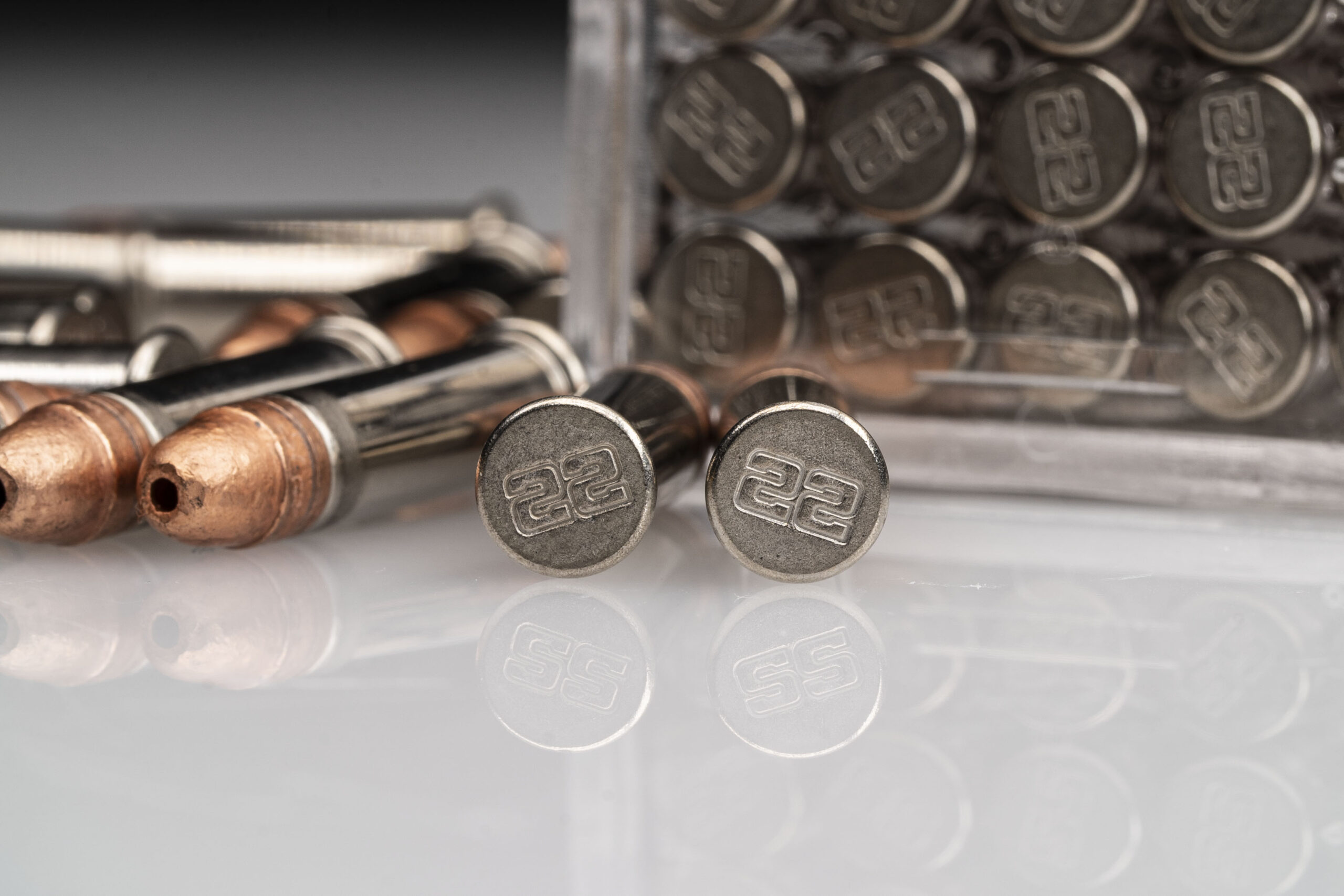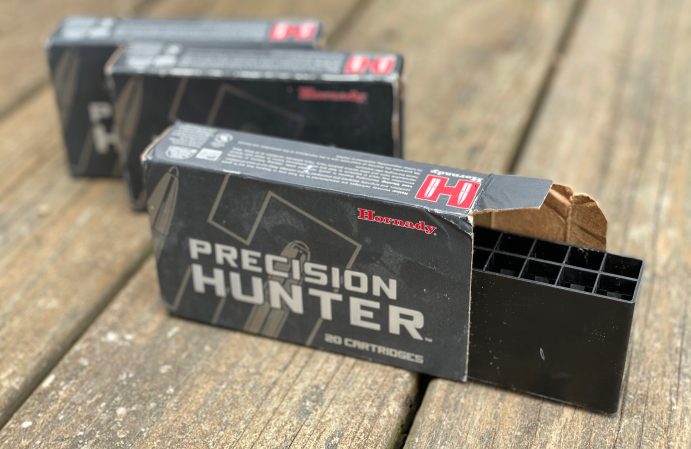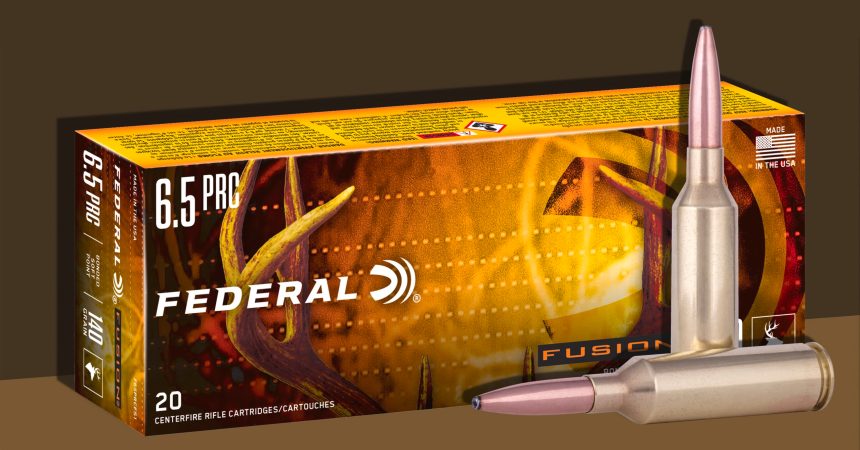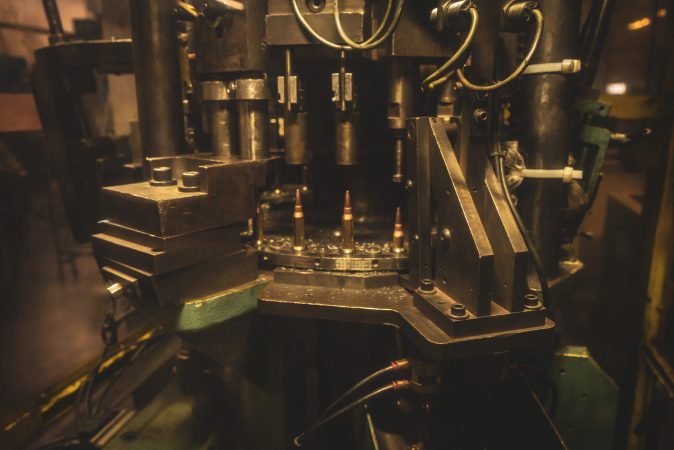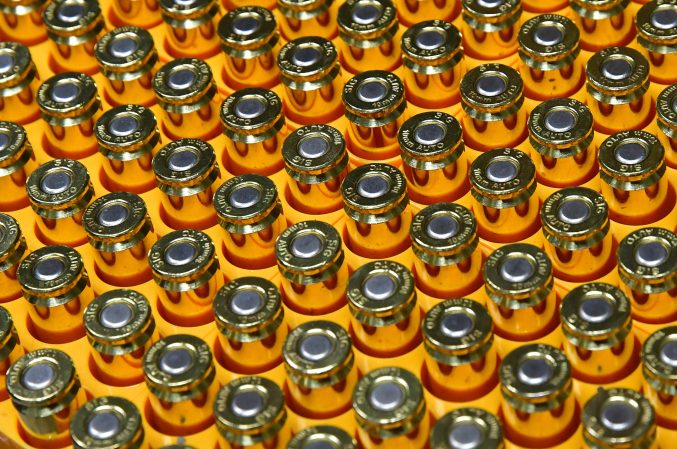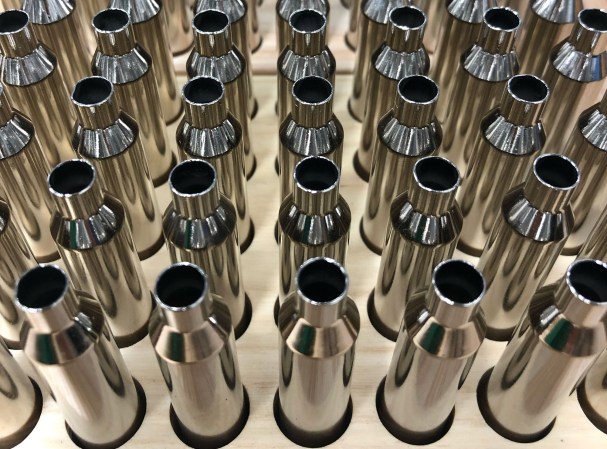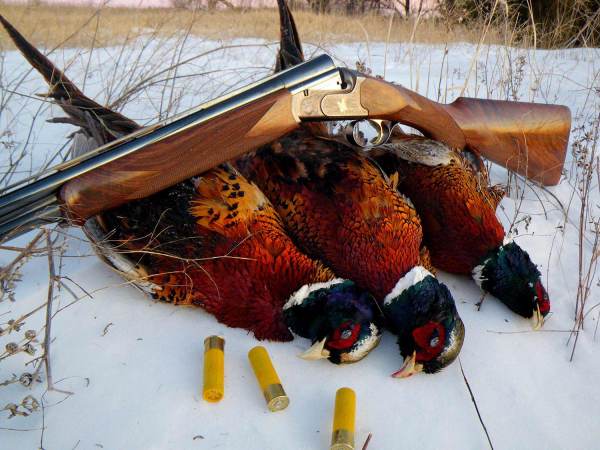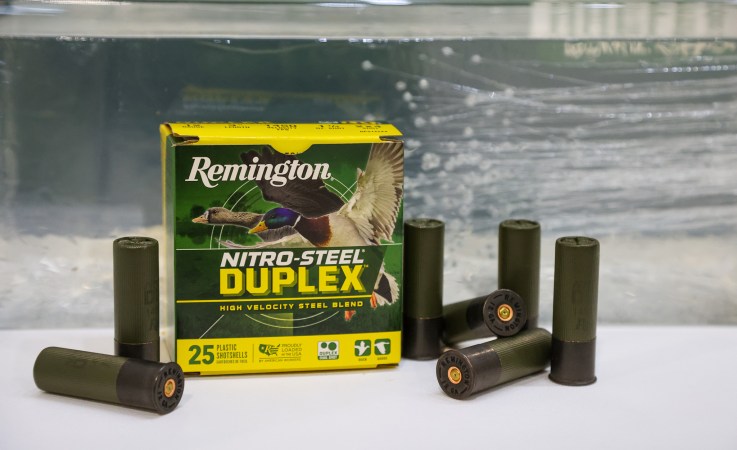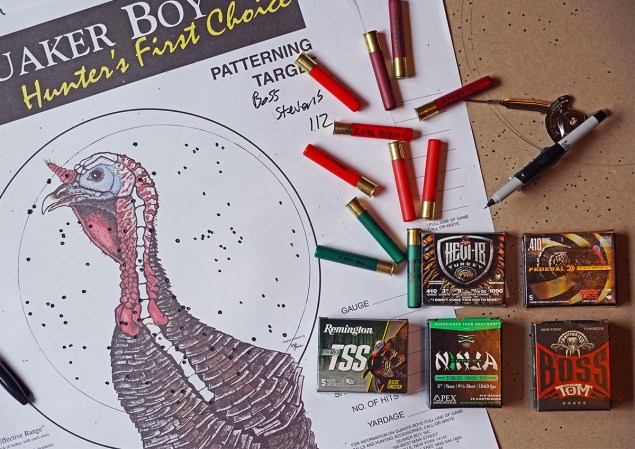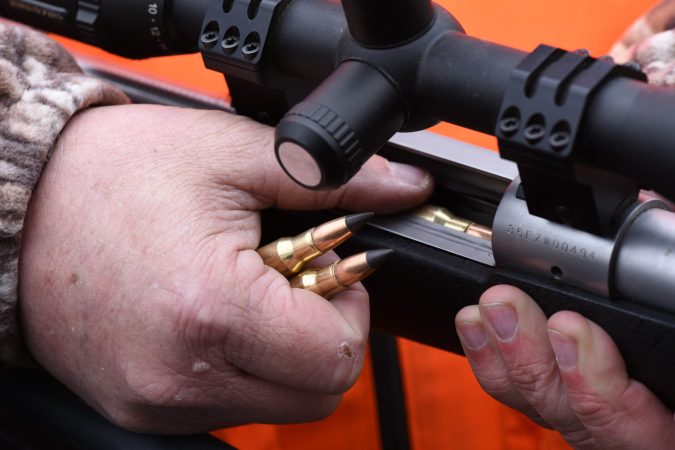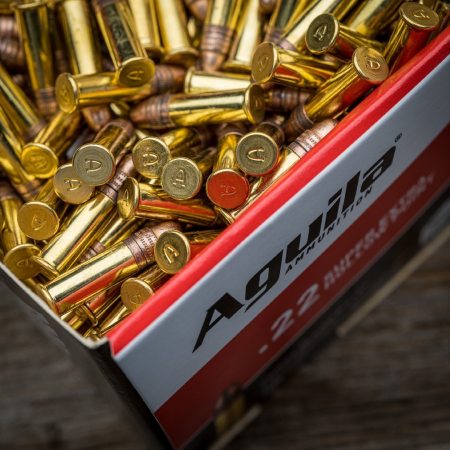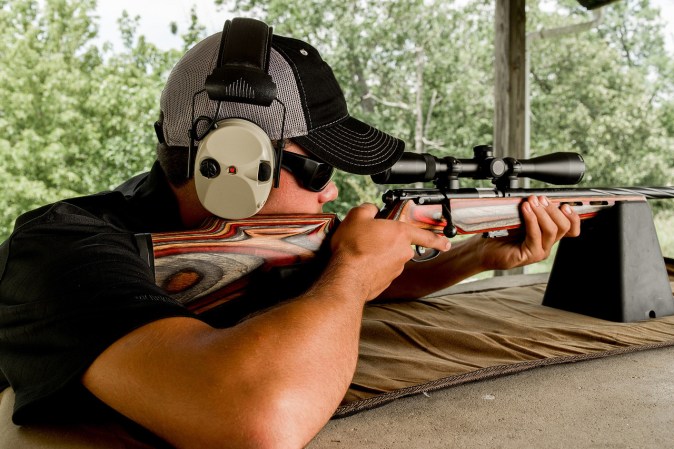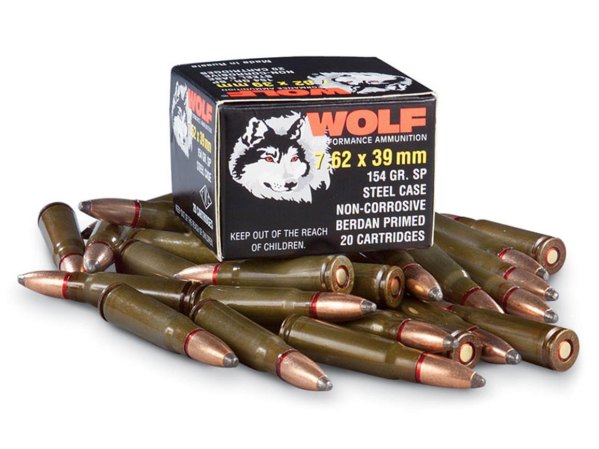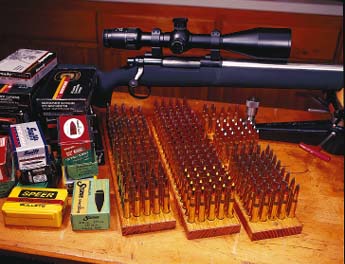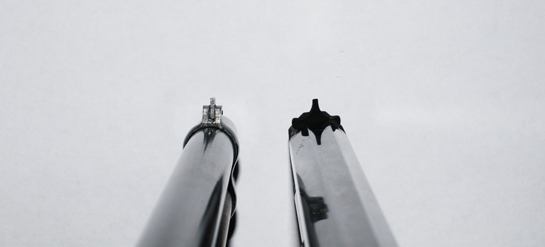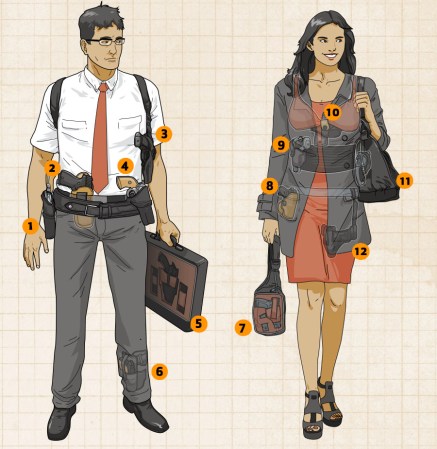We may earn revenue from the products available on this page and participate in affiliate programs. Learn More ›
Just what, exactly, is causing the month’s long ammo shortage and price increases that shooters and hunters are seeing across the country? After a series of interviews and private conversations, it’s clear that the ammunition shortage is not the result of manufacturers dragging their feet. In fact, just the opposite is true: 2020 represented the absolute manufacturing limit of the firearms industry. Many have pointed to the panic-buying mentality of American consumers and, even more acutely, at the opportunists who are buying ammo in bulk and then selling it online at increased prices. But is that happening frequently enough to cause an overall rise in ammo costs and a shortage on store shelves? Let’s take a look.
Understanding Ammo Distributors and Dealers
If we’re going to understand the ammo shortage, we must first understand how ammunition is distributed and sold. Ammunition traditionally flows from a manufacturer’s facility to a distributor’s warehouse, where it’s then dispersed to dealers based on when they placed their orders and the quantity they ordered. I spoke with a large distributor who said that they, just like their competition, are getting the same regular shipments from manufacturers and those shipments are quickly broken down and allocated to dealers based on the timing of their orders. In other words, it’s business as usual. If a dealer was asleep at the wheel and failed to plan, their order is processed when they’re next in the queue. This could contribute to what customers are seeing in their local brick-and-mortar stores, and why some have empty shelves while others are getting pallets of ammunition delivered.
Read Next: Where’s All the Damn Ammo? Federal Premium’s President Has Some Answers
The Impact of Online Retailers
As we all know, a ton of business is now conducted online. Many online retailers allow customers to backorder products and will fulfill those orders when stock is replenished. Oftentimes, these products appear to be perpetually out of stock, when in reality, online retailers are regularly getting stock, yet that stock immediately ships to customers with current backorders. In other instances, online retailers allow customers to set notifications to alert them when an item is back in stock, which explains why you may come across ammunition that is listed as in stock, but by the time you punch your credit card information in for your order, the stock is completely wiped out. You can find complaints about this on almost any firearms-related forum or social page.
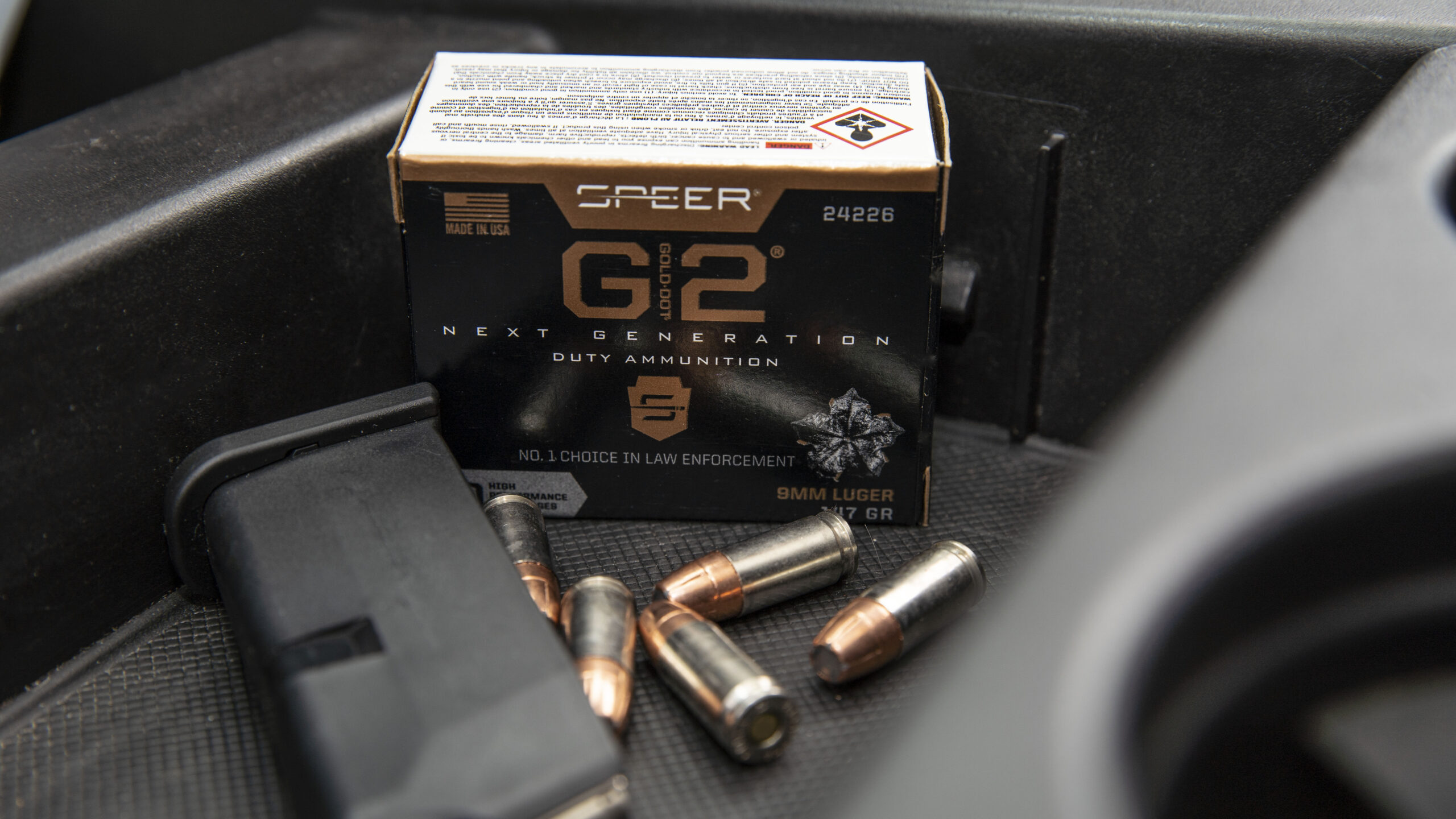
“Last Friday Target Sports had 9mm Speer Gold Dot and three FMJ Federal Ammunition choices in-stock,” a user recently posted on Lightfighter Tactical Forum. “As I received my text saying ‘in-stock’ I logged on to TS and was able to view the four selections and I put the Gold Dots in my order. As I hit the checkout, all four were out of stock. Maybe three minutes from the time I got the text notification until it was all gone. Unbelievable.”
Zeroing-In on the Problem: The Secondary Market
Ultimately, this is a supply and demand situation. When supply is low and demand is high, opportunists swoop in to make some spare cash, and those opportunities today are abundant.
Many local brick-and-mortar retailers have become so desperate for ammunition, they have begun purchasing ammunition back from consumers at inflated rates. Here’s how it works: Let’s say a local customer paid .50 cents per round in the spring, and has been out of work due to COVID. He recognizes that he can make a little side money if he sells a quantity of his ammo back to the retailer for .75 cents per round, thus making a decent profit on his original purchase. The store then adds their margin, say .25 cents per round, and puts it on the shelves for a buck per round. This is pure economics and why you are seeing $100 boxes of 115-grain FMJ Winchester White Box bulk packs that should cost about $25 per 100 rounds.
“I was at the local Dunham’s Sports again in the first week of December and impulse bought four 25-round boxes of PMC Bronze 10mm 170 gr JHPs for $19.99 each,” wrote another user on the Lightfighter Tactical Forum. “I didn’t know anything about the ammo, but a quick web search showed it to be at the low end of the price range, and every place listing it was out of stock. I figured at least I’ll have something in the stash if/when I finally get a 10mm pistol.”
The Ammunition Scalpers
Once customers realize that selling ammunition back to a local retailer is easy money, the next step is obvious: scour the internet and big box stores like Walmart to find ammunition for sale at normal pricing. At this point, the ammo scalper buys up all the ammo available, only to resell his haul back to a local retailer at scalpers’ prices. Or, he’ll resell it online. Those rounds, of course, are marked up and bought by anxiously waiting customers.
This isn’t fiction, it’s been happening for months across the country. In fact, it has gotten so bad that some of these scalpers have gone so far as to obtain delivery schedules from employees at large stores like Walmart. They arrive at the store at a specific time to get the choice pickings. I spoke to two sporting-goods employees at my local Walmart who freely informed me that ammunition usually arrives on Tuesdays and is typically restocked at 10 a.m. each week.
I also spoke with a scalper, who wished to remain unnamed, who told me that he had made approximately $30,000 dollars in profit last fall by buying ammunition cheap and selling it locally, or on GunBroker.com, at heavily inflated prices. He said people are terrified of the future and are willing to pay almost any price today, for fear it will be even more expensive tomorrow—if it’s even available at all. While there’s no way to quantify how much ammo is being scalped, experts in the industry say that it’s happening often enough to impact the market at large.
Retail Perspective
To get a better idea of how scalping is affecting the retail industry, I called Dave Michniewicz, chief firearm coordinator at Kittery Trading Post, one of New England’s largest firearms and ammunition retailers.
“We have continued to offer both firearms and ammunition at standard retail markups though this unprecedented spike in demand and the store has a steady flow of what we call regular customers,” Michniewicz says. “But, due to KTP’s unique location in relation to both New Hampshire and Massachusetts, we also see a very broad range of out-of-state customers flowing through as well. Late in the spring of 2020, the buying frenzy kicked into high gear and our shelves were quickly picked clean. Due to the size and frequency of the orders KTP places with both manufacturers and distributors, stock is regularly replenished…Several employees began observing the same faces in the store on an almost daily basis, buying up as much ammunition as they could carry, depleting what had been restocked the night before.”
Michniewicz says there was little doubt in his mind these customers weren’t all stock-piling such a random assortment of calibers in bulk. His initial speculation was that they were reselling the ammo online at places like GunBroker.com and Armslist.com, at a significant markup. A quick search of these sites by his team helped verify that hunch.
“I have no problem with the free market doing what it does—supply and demand, and all that jazz—but not at the expense of KTP’s entire customer base,” Michniewicz says. “So to even the playing field a bit, KTP instituted a two-box limit on ammunition sales for the foreseeable future to ensure there is enough stock to go around. It’s going to be awhile before the ammunition market stabilizes, but until then we’re trying to ensure prices remain stable for our customers.”
The rise in ammo scalping has been exacerbated by both panic buying and the incredible volume of gun sales, which has created new gun owners who need ammunition (and who sometimes don’t know what they’re buying or how much it should cost).
The firearms industry welcomed about 8 million new gun owners into the fold during 2020 alone, according to the National Shooting Sports Foundation. Let’s take the 8 million figure and say for each gun sold, one 50-round box of ammo was also purchased. That is 400 million in unexpected rounds right off the top. Four. Hundred. Million. Rounds. While that may sound like a lot today, we may all look back at that number and mutter “those were amateur numbers,” because 2021 is already off to a fiery start. January 2021 set the all-time single-month record for FBI firearms background checks, which is our closest measurement for tracking potential firearms sales.
Is Ammo Price Gouging Legal?
I’m not an attorney, but based on conversations I had with experts on this topic, there’s no effective legal action you can take to curtail price gouging. There’s nothing illegal about buying ammo and selling it at a higher rate. It’s supply versus demand, and the hand we’ve currently been dealt. You can, however, remember these times and vote with your wallet, if you feel retailers are being unreasonable. But before you do, realize that some of these store owners could be putting in significant effort to locate stock and the costs associated are simply higher. Use good judgement and ask questions.
So, what can you do if you need ammo? To answer a question with a question—how bad do you need it? How much ammo do you have on hand, and how much is a reasonable amount to have on hand? Keep in mind that a 50-round box of defensive ammunition or two can easily get you through the year as you rotate bullets out of your magazines.
As far as acquiring additional ammunition goes, always try to be a smart, educated shopper. Sign up for email/text notifications through legit online retailers like Brownell’s or Midway USA. These retailers are giants within the industry and will get large allotments of ammunition. They also have an established history of not ripping off their customers. Big box stores like Bass Pro Shops/Cabela’s, Scheels, and Sportsman’s Warehouse also don’t have a history of gouging their customers. Swing by these retailers as you come across them, and you might be surprised by what you find.
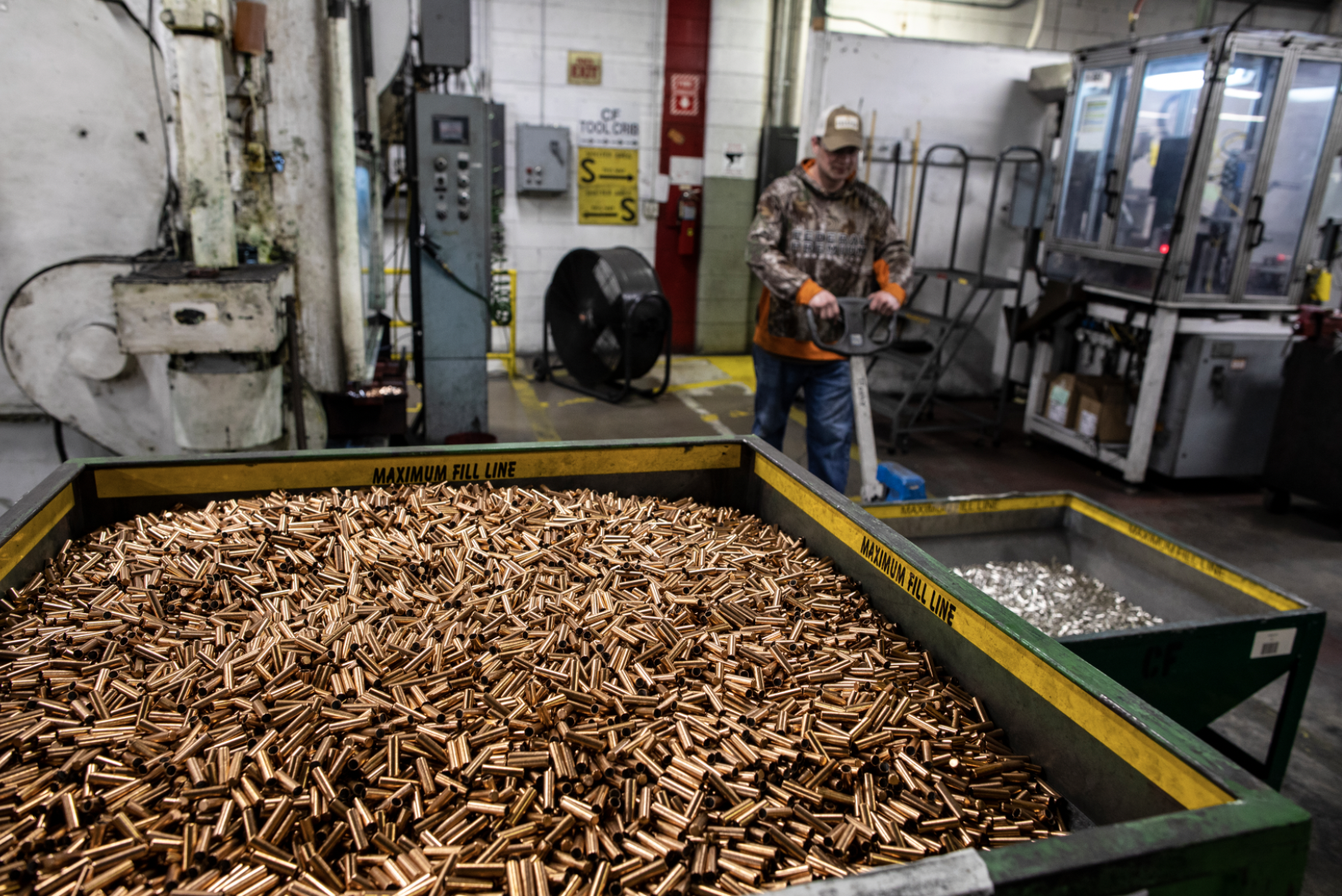
Another option is good old-fashioned bartering. If you’ve got an excess supply of 30-round AR magazines or a set of rings you’re not using, use them to offset your ammunition cost on the secondary market. Internet forums and Facebook groups are great for working trades. Lastly, when you do locate a quantity of ammunition, and you will: please don’t panic-buy the whole lot. That’s only making the problem worse for everyone.
When Will the Ammo Shortage End?
Unfortunately, no one knows for sure. But based on interviews with experts, my prediction is that the ammunition market will require two full years to recover from the thrashing it received last year. And that’s before it will begin to stabilize. And that’s if there isn’t any threat of restrictive firearms legislation from the federal government. If restrictive legislation is formally proposed, buckle up. The market is going to be in for another wild ride.
